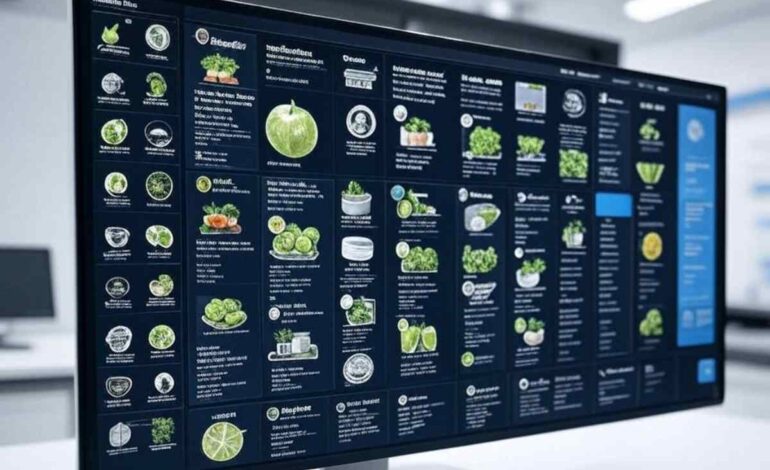Slaked Lime: Properties, Uses, and Considerations

Slaked lime remains a versatile and widely used compound across industries, from construction to agriculture and beyond. Known scientifically as calcium hydroxide (Ca(OH)₂), slaked lime has a rich history and continues to play a crucial role in various applications due to its chemical properties and affordability. This article explores the nature of slaked lime, its production, uses, and the critical considerations for its modern-day applications.
What is Slaked Lime?
Slaked lime, or calcium hydroxide, is a white, powdery substance produced by adding water to quicklime (calcium oxide, CaO), a process called slaking. This exothermic reaction results in a compound with a pH of around 12.4, making it highly alkaline. Chemically, it consists of calcium, hydrogen, and oxygen, and is sparingly soluble in water, forming a solution known as limewater. The reaction can be represented as:
CaO + H₂O → Ca(OH)₂
Historically, slaked lime has been used since ancient times, notably in Roman architecture for mortar and plaster, due to its ability to harden over time through carbonation, reacting with carbon dioxide to form calcium carbonate (CaCO₃). Today, it remains a staple in both traditional and modern applications, valued for its reactivity and cost-effectiveness.
Production and Properties
Slaked lime is produced by first heating limestone (calcium carbonate, CaCO₃) to produce quicklime, which is then hydrated. The process requires careful control to ensure the correct consistency—too much water can create a watery slurry, while too little can leave unreacted quicklime, which is highly caustic. The resulting calcium hydroxide is a fine powder or a paste, depending on the water content, with a molar mass of 74.09 g/mol and a density of 2.21 g/cm³.
Its key properties include its alkalinity, which makes it an effective neutralizing agent, and its ability to form a durable matrix when mixed with other materials, as seen in construction. It’s also mildly soluble in water, releasing hydroxide ions that contribute to its high pH, but it can precipitate out as a solid in oversaturated solutions, a phenomenon used in water treatment to remove impurities.
Applications Across Industries
Slaked lime’s versatility makes it indispensable in multiple sectors:
- Construction: It’s a key ingredient in lime mortar, plaster, and whitewash, providing breathability and flexibility to structures. Its carbonation process strengthens materials over time, making it ideal for historical restoration projects. Modern construction often uses it in combination with cement to improve workability and reduce cracking.
- Agriculture: Known as agricultural lime, it neutralizes acidic soils, raising pH levels to optimize nutrient availability for crops. It also supplies calcium, an essential nutrient, and is used in animal husbandry to disinfect barns and control odors, as noted in farming guides.
- Water Treatment: Slaked lime is widely use to soften water by precipitating out hardness-causing minerals like magnesium and calcium ions. It also adjusts pH in wastewater treatment, aiding in the removal of heavy metal’s and pathogens, a practice highlighted in environmental engineering studies.
- Food Industry: In food processing, it’s use in pickling (as pickling lime) to crisp vegetables and in sugar refining to purify cane juice. It’s also a traditional ingredient in corn preparation (nixtamalization), enhancing nutritional value by releasing niacin, as seen in Mesoamerican culinary practices.
- Chemical Manufacturing: Slaked lime serves as a base in producing chemicals like calcium hypochlorite (used in disinfectants) and as a flocculant in industrial processes, aiding in the separation of solid’s from liquids.
Critical Considerations
While slaked lime is highly useful, its use comes with challenges. Its high alkalinity poses health risks—direct contact can cause skin irritation or severe burns, and inhalation of dust may irritate the respiratory tract. Proper handling, including the use of protective gear, is essential, especially in industrial settings.
Environmentally, the production of slaked lime contributes to carbon emissions, as heating limestone releases CO₂, a concern in the context of climate change. Efforts to mitigate this include using renewable energy in production or exploring alternatives like hydraulic lime, which sets faster and emits less CO₂ during curing. Overuse in agriculture can also lead to soil over-alkalization, harming plant growth, so precise application based on soil testing is crucial.
The quality of slaked lime varies depending on the purity of the limestone and the slaking process. Impurities can affect its performance, particularly in construction, where inconsistent reactivity might weaken structures. Modern standards, such as those set by ASTM, emphasize testing for purity and reactivity to ensure reliability across applications.
Future Outlook
The demand for slaked lime is expecte to grow, driven by sustainable construction trends and the need for eco-friendly water treatment solutions. Innovations in production, such as carbon capture during lime manufacturing, could reduce its environmental footprint, aligning with global sustainability goals. Additionally, its role in emerging fields like bioremediation—using it to neutralize acidic mine drainage—shows promise for expanding its applications.
However, alternatives like synthetic calcium hydroxide or more advanced chemical neutralizers might challenge its dominance in some sectors. Balancing its benefit’s with environmental and safety concerns will be key to ensuring its continue relevance in a rapidly evolving industrial landscape.
Conclusion
Slaked lime, as of 2025, remains a cornerstone material across industries, valued for its affordability, reactivity, and versatility. From strengthening ancient structures to modern water purification, its application’s are vast, but so are the challenges tie to its production and use. Proper handling, environmental considerations, and quality control are critical to maximizing its benefits while minimizing risks. As industries evolve, slaked lime’s adaptability ensures its enduring utility, provided it keeps pace with sustainability demands and technological advancements. For users, understanding its properties and limitations is essential to harnessing its full potential responsibly.